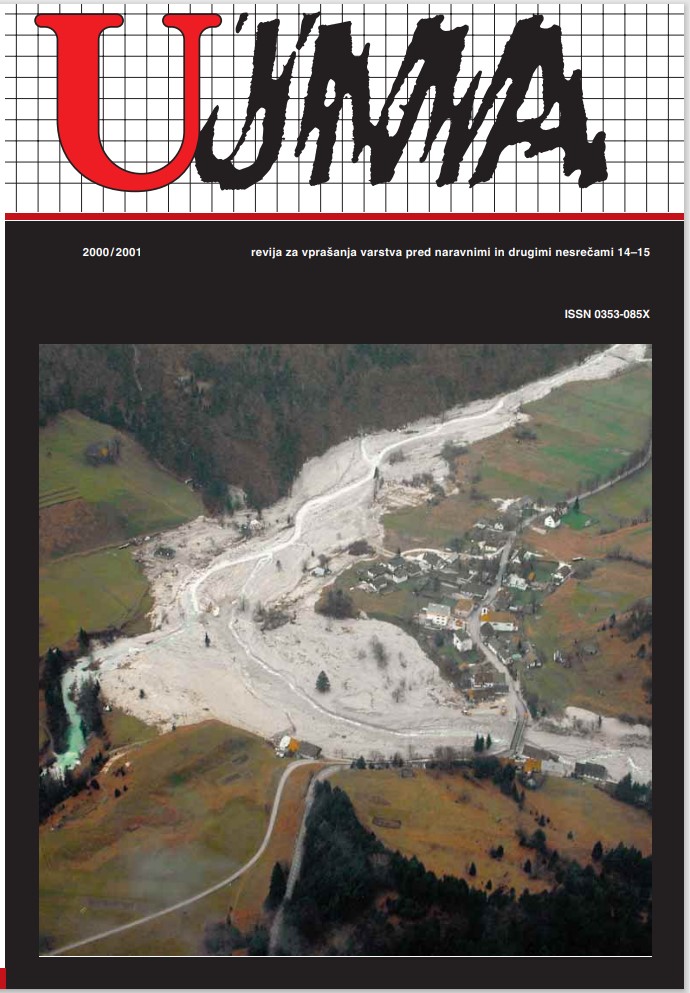CONSEQUENCES OF THE 2000 DROUGHT IN SLOVENIA
Abstract
The third drought in the last ten years and one of the most severe in the last forty years affected more than three quarters of Slovenia’s agricultural land in 2000. The yield of most field crops, vegetables and fruit trees was halved in some regions, and there was no yield at all in areas with light, sandy soils. The simple water balance based on a calculation of the difference between precipitation and potential evapotranspiration for principal agricultural regions was estimated. An evaluation of the real water requirements of crops during the 2000 vegetation period was made with the help of our own IRRFIB irrigation forecast model. Two examples of water deficits for corn and apples on shallow light soils and deep structural soils are given. Irrigation in the two most affected regions of Slovenia seems to be the principal solution for preventing such disasters in agriculture.
References
Allen, R. G., in drugi, 1998, Crop evapotranspiration. FAO Irrigation and Drainage Paper, 56, Rim
Arhiv Hidrometeorološkega Zavoda RS
Griffiths, J. F., 1994, Handbook of agricultural meteorology. Oxford, Oxford University Press
Downloads
Published
Issue
Section
License

This work is licensed under a Creative Commons Attribution-NonCommercial-NoDerivatives 4.0 International License.
The articles are made available to the public under Creative Commons Attribution-NonCommercial-NoDerivatives 4.0 International (CC BY-NC-ND 4.0).


